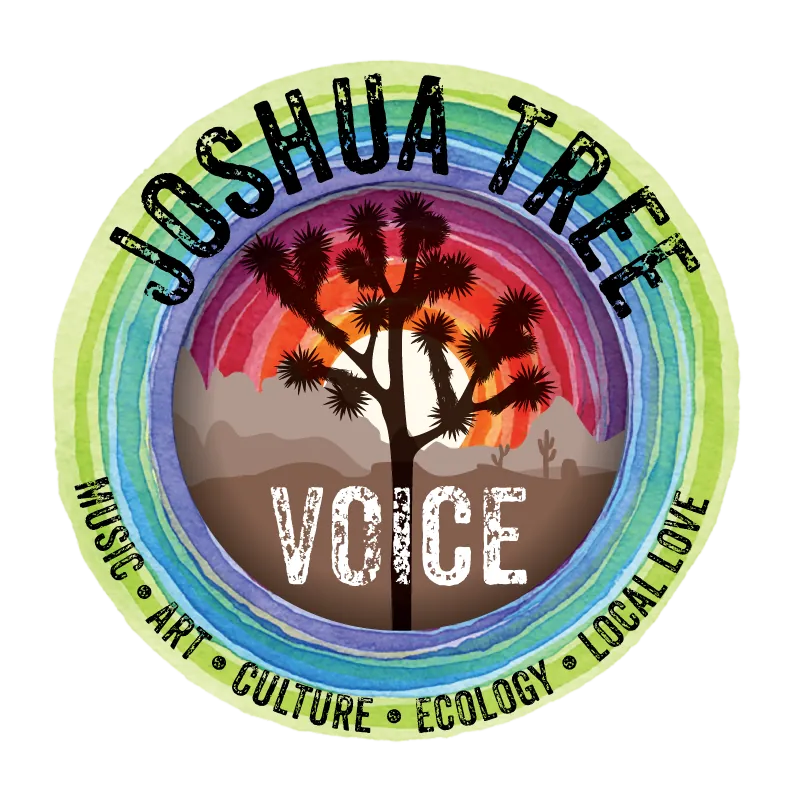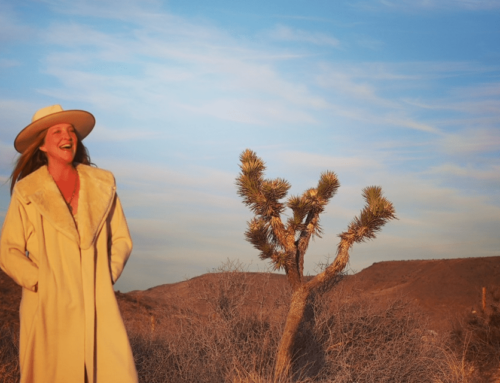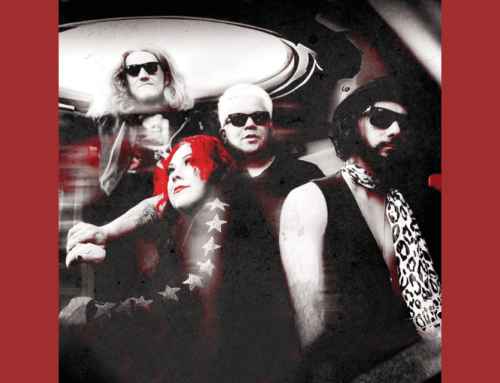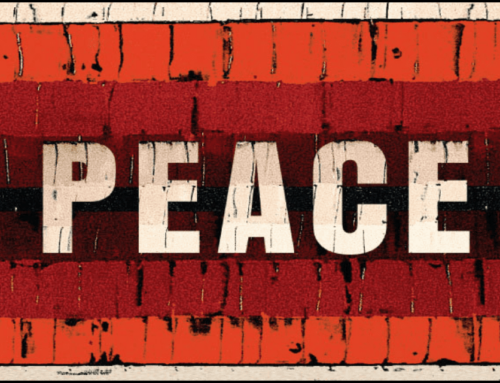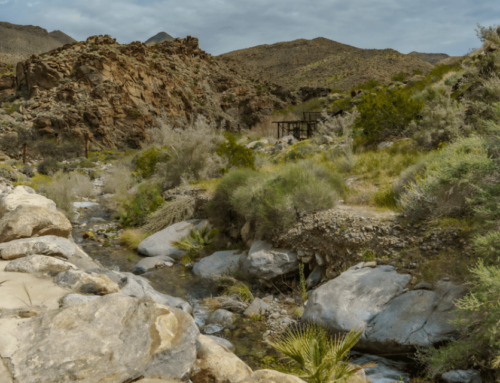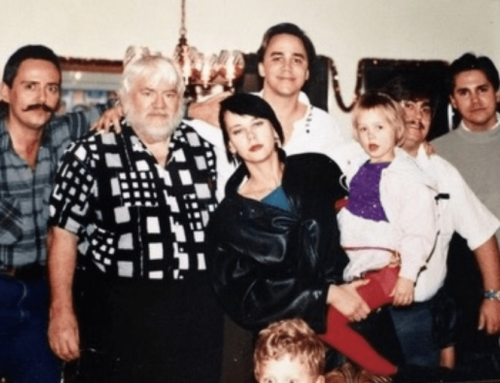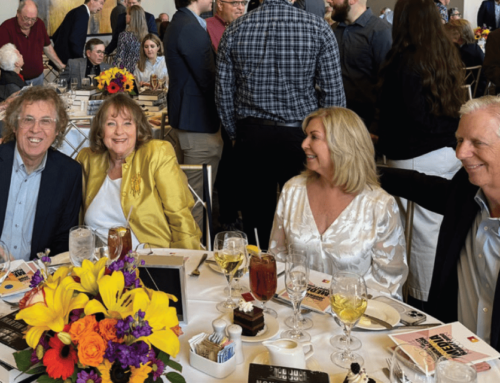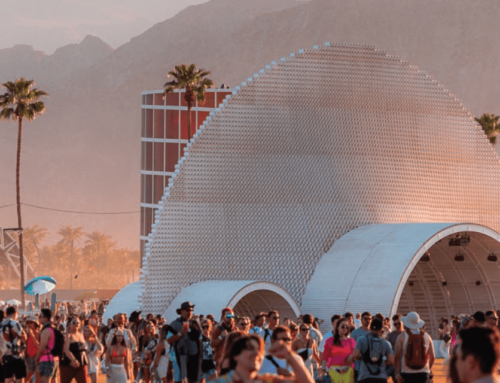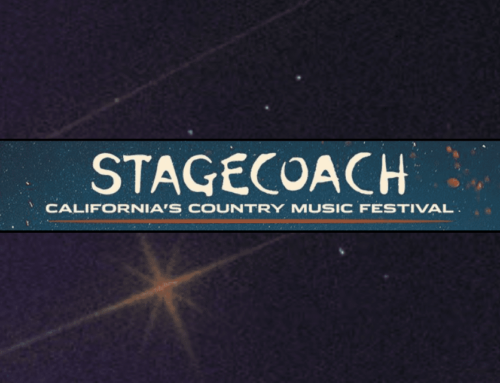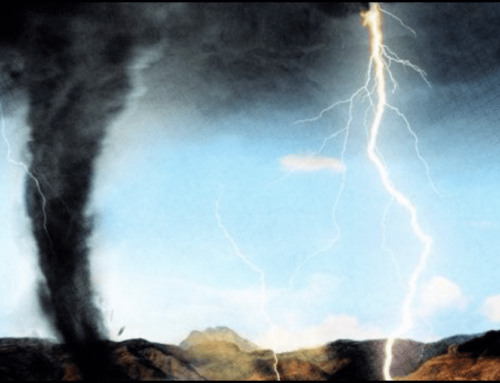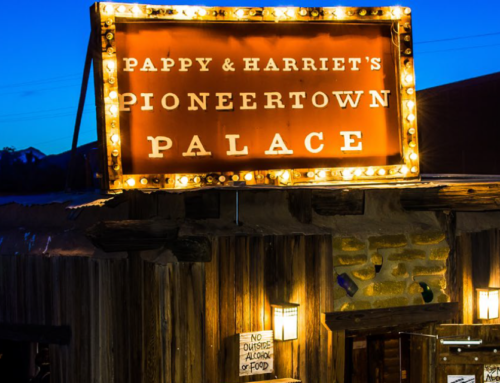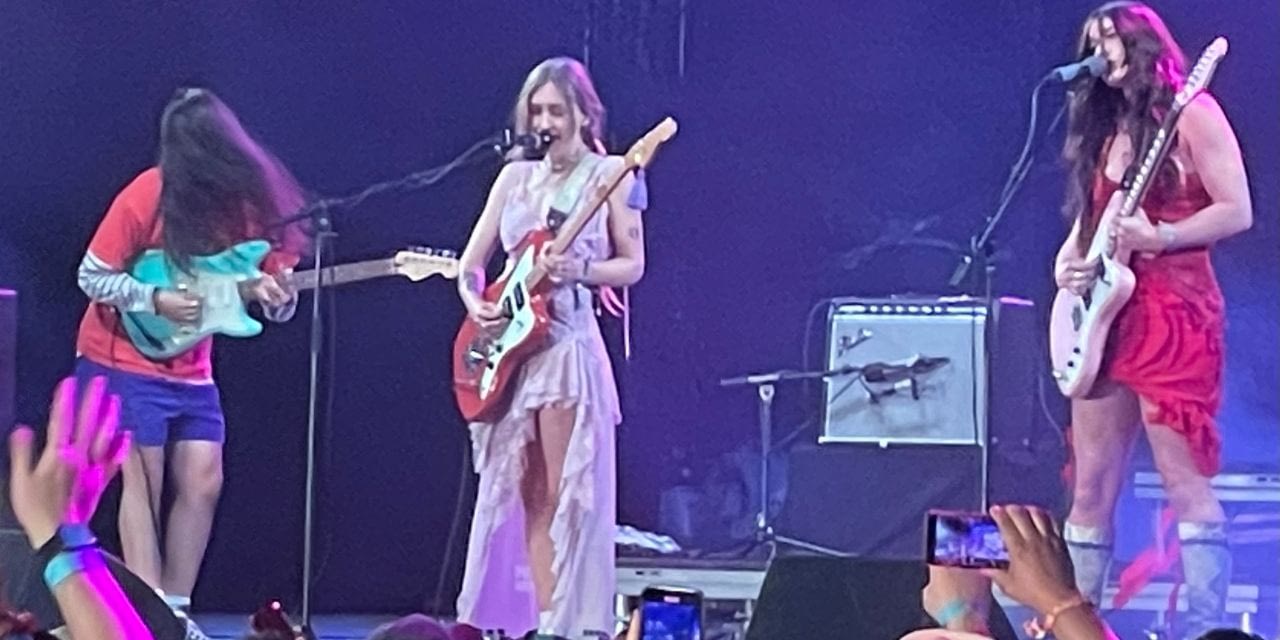
Coachella 2023 “….again, the world’s most important live music event.”
By Bruce Fessier
ustin City Limits has surpassed Coachella as the best major music festival in America, if you’re counting consecutive awards from the concert industry publication Pollstar.
But Coachella is again the world’s most important live music event.
It attained that status 20 years ago after its co-founder, Paul Tollett, inspired a circuit of alternative American music festivals with a concept cited in Wikipedia’s history of Coachella. In that era before file sharing, Tollett was seeking vital performers that weren’t climbing the Billboard charts. He told me, in a quote used by Wikipedia, “Maybe if you put a bunch of them together, that might be a magnet for a lot of people.”
But by 2017, Coachella was being criticized for its lack of female representation and minority headliners. It had featured one headliner of color in all but two years since Rage Against the Machine topped the bill in 2007. But Icelandic singer Bjork had been the only female headliner, appearing in 2002 and 2007.

“When Beyoncé dropped off the 2017 bill while pregnant with twins, the question wasn’t “Who will replace Beyoncé?” It was, “What woman will replace Beyoncé?” Lady Gaga proved an able substitute, but Beyoncé’s 2018 return was historic. The Wkend, a Black man from Canada, topped the opening night bill and Beyoncé followed with a set reflecting her status as Coachella’s first Black female headliner.
After that, Coachella became an international festival without borders. It’s 2019 lineup again featured two African American headliners, Childish Gambino and Ariana Grande. Its main stage featured such international acts as Bad Bunny (Puerto Rico), Burna Boy (Nigeria), J Balvin (Colombia) and Los Tucanes de Tijuana (Mexico). BLACKPINK from South Korea and Rosalía of Spain also made their Coachella debuts before returning this year with better timeslots.
The diverse 2019 lineup might have seemed a contrived response to criticism. But the next Coachella, following a two-year COVID-19 interruption, felt like a progression. And this year’s festival seemed organic. It felt like the model for how a destination festival should be curated.
This Coachella featured so many “firsts,” it seems almost supercilious to recite them: Frank Ocean was its first openly-gay headliner; BLACKPINK the first Asian headliner; Bad Bunny the first Spanish-language headliner; Elyanna the first Arabic-language artist. The record-breaking number of Latinx acts included a new generation redefining traditional musical genres. DannyLux, (cq) 19 of Desert Hot Springs, was among those re-inventing sierreño and corrido music, as local favorites Giselle Woo and the Night Owls did at the 2022 Coachella.
The festival was not a revolutionary, like Jackie Robinson breaking baseball’s color line. More than 26,000 people filled Dodgers’ stadium in Brooklyn in 1947 and 14,000 of them were Black. This Coachella seemed to attract more Black, Asian and Latinx festival-goers, but they weren’t identifying with singular cultural dogmas. The magic was in the mix.
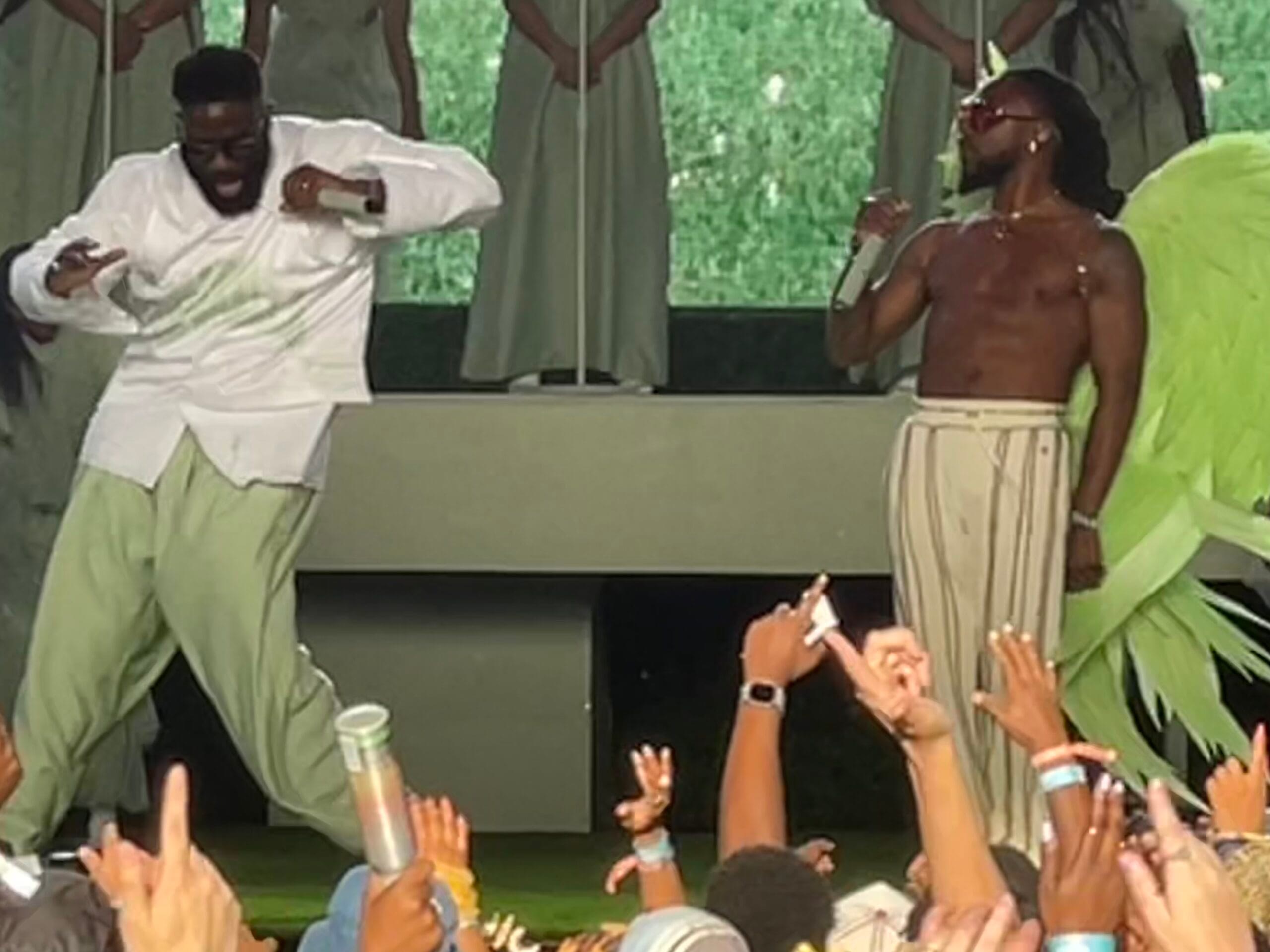
That’s why Coachella seemed so important. It didn’t reflect the divisiveness we see reported daily on cable news. It was an evolution from the trend of white artists like Paul Simon, Ry Cooder and Joan Baez bringing international music to American audiences. This wasn’t cultural appropriation. Tollett spent big money to bring original artists to Indio and, thanks to the borderless technology of Spotify, iTunes, Pandora and YouTube, a savvy audience was waiting to appreciate them.
It was refreshing to see so many festival-goers singing in what used to be called foreign languages. Bad Bunny asked his mammoth opening night crowd if they wanted to hear him sing in English or Spanish, and the festival-goers yelled overwhelmingly for Spanish.
I enjoyed most of the international music on a visceral level.
I loved that the Desert Cahuilla Bird Singers represented the Coachella Valley with native rhythms that transitioned seamlessly into the next act in the Gobi tent, Jupiter Bokondji and his band, Okwess (billed as Jupiter & Okwess) from the Democratic Republic of Congo. If you thought the Talking Heads was cutting edge for its time, it was only because you hadn’t heard guitar-driven bands like Okwess from Africa.
This Coachella featured more jazz bands than ever, but none would have reminded you of Miles Davis or Dave Koz. I liked Dinner Party, featuring Kendrick Lamar’s favorite saxophonist, Kamasi Washington. But my favorite sax man was Shabaka Hutchings of the London-based The Comet Is Coming. Keyboardist Dan Leavers pushed the dynamics to the intense, atmospheric levels of a great electronic DJ, but Hutchings reinforced it, creating a whole greater than its two parts with consistent, powerful blowing.
One of the more surprising Coachella bands was the British-American trio, Gabriels, who have been touted by Harry Styles and Elton John. Their Sunderland, England-born keyboard player, Ryan Hope, has a studio in Palm Springs, according to the BBC, and their L.A.-based vocalist, Jacob Lusk, competed on the 2011 season of “American Idol.” Lusk performed in a tuxedo and cape and sang like a cross between a crooner and CeeLo Green.
Houston-based rapper Tobe Nwigwe, who lost the Best New Artist Grammy to Wet Leg earlier this year, found himself playing in the next tent over in the same time slot as the British indie band. I love Wet Leg’s hit, “Chaise Lounge,” and got to the Mohave tent in time to hear them sing it for their finale. But Nwigwe sang in the smaller Gobi as if he had something to prove and was definitely my favorite of the two acts.
My favorite artist in the huge Sahara structure was St. Louis-born DJ Metro Boomin – largely because of his stunning visuals that complemented his powerful electronic music.
Swedish electronic artist Eric Prydz presented the most astonishing visuals in his 3-D, augmented reality show on the Outdoor Theatre stage, titled “Holo.” Figures, including one resembling the iconic astronaut from Coachella’s 2014 exhibition, “Escape Velocity,” floated or reached out into the audience. But the imagery drove the music, rather than vice versa, and the music had to compete with my favorite Coachella act, BLACKPINK, on the main stage.
I enjoyed the K-pop band in the Sahara in 2019, but the four lead female vocalists have taken their artistry up several notches with a stage show featuring amazing male and female dance ensembles and attitudes reflecting American influences. I walked back and forth between the Coachella and Outdoor Theatre stages until I just stopped at the halfway point and experienced them both. It reminded me of my first Coachella, where I found a central point on the much smaller polo grounds of 1999 and soaked in the cacophony of sounds coming from five stages, realizing I had never experienced anything like this before.
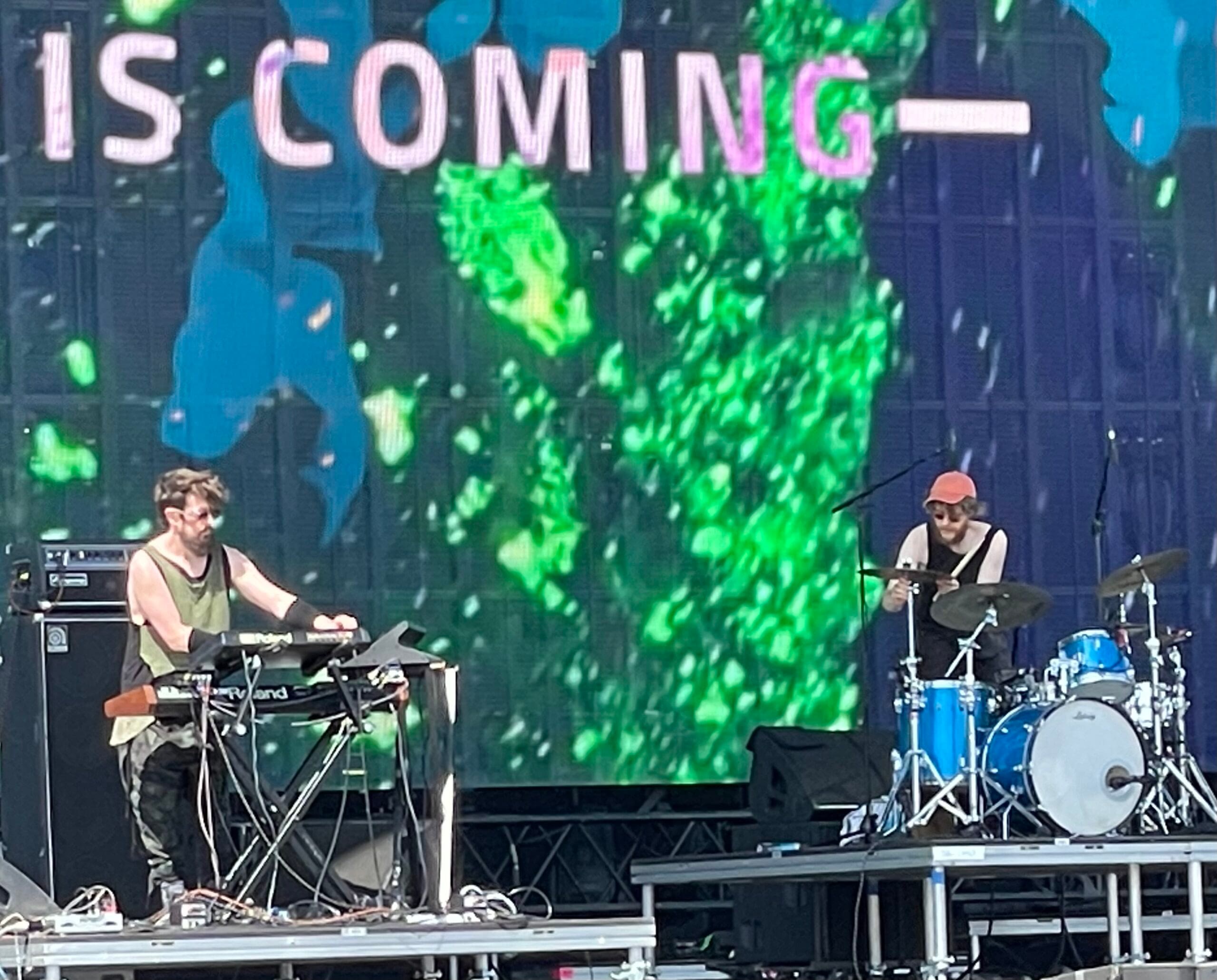
Other favorite acts included Gorillaz with their tremendous mix of strong musicianship and visual artistry; Boy Genius for their chill harmonies; DJs Fisher + Chris Lake for their powerful mix of music and AR (surpassing the electronic pop of Calvin Harris), and Latto, who matched the sexy content of her lyrics with a provocative live production in the Sahara.
My most disappointing act was probably improv rapper Marc Rebillet. He says he makes up his material on the day of the show, and he’s created some brilliant videos on YouTube. But, for his big debut at Coachella, he came out angry about Coachella, which became a routine called, “I’m Bothered.” It reminded me of a rap version of Weird Al Yankovic without the comedy.
Blondie brought back fond memories, but I would have rather heard updated arrangements of their ’70s and ’80s hits. And I wish Debbie Harry hadn’t worn those mom pants.
Jai Paul was another artist that didn’t live up to expectations. This is a guy making his public debut a decade after a leaked recording turned into a minor hit. But he still wasn’t ready for his closeup. I wanted to see a cutting-edge mix artist, not a tepid vocalist.
As for the controversial Weekend 1 closing night artist, Frank Ocean, I don’t blame him for the set that seemed to disappoint everyone except the Los Angeles Times pop music critic. I left after waiting an hour to see if he would actually appear. I heard him sing what seemed like snippets of his early hit, “Novacane,” but I only saw video images. With no messages from Goldenvoice to “please stand by” as they fixed whatever was causing the show to start so late, I had no reason to believe the enigmatic Ocean would show up.
It was later reported that Ocean fractured his leg, enabling Blink-182 to move from the crowded Sahara to the more suitable Coachella stage as the Weekend 2 closing night headliner. But Ocean apparently suffered his injury well ahead of Sunday’s show. Why he and Goldenvoice couldn’t figure out how to present the closing set until show time is just baffling.
But, even with that miscue, Coachella wasn’t just socially significant. It was wildly entertaining.
Bruce Fessier has covered every Coachella festival since its 1999 beginning. Contact him at jbfess@gmail.com and follow him at facebook.com/bruce.fessier and instagram.com/bfessier.
